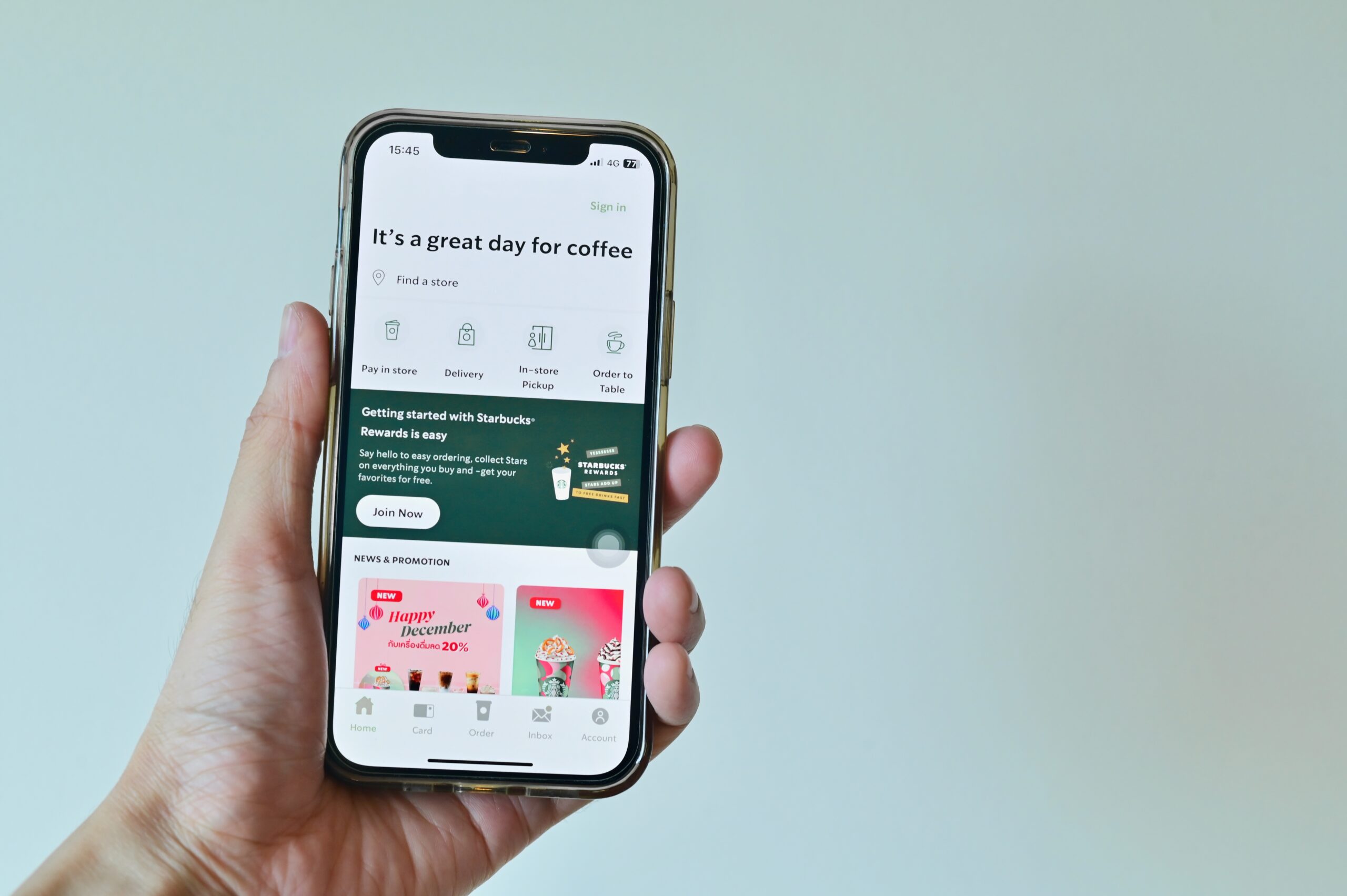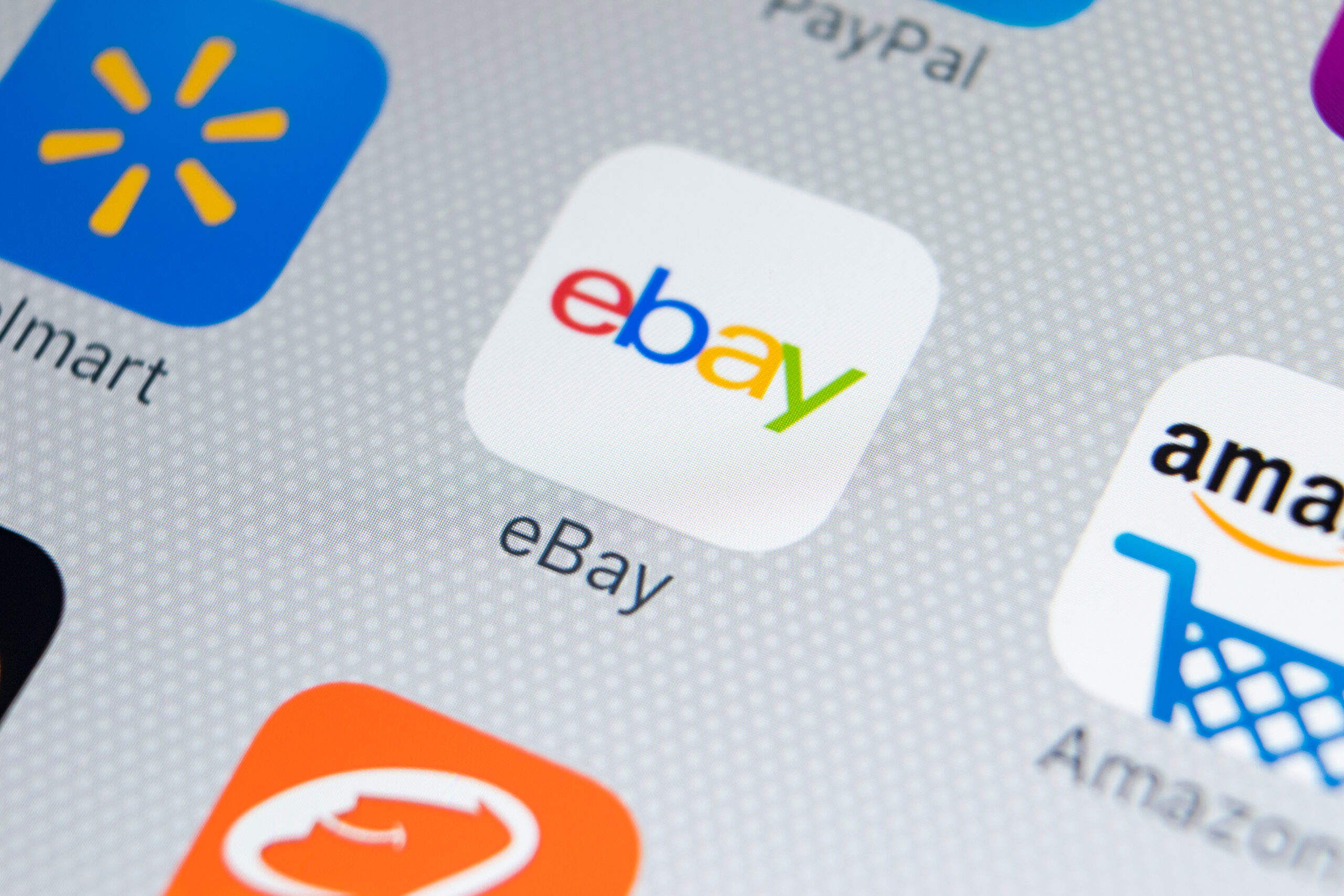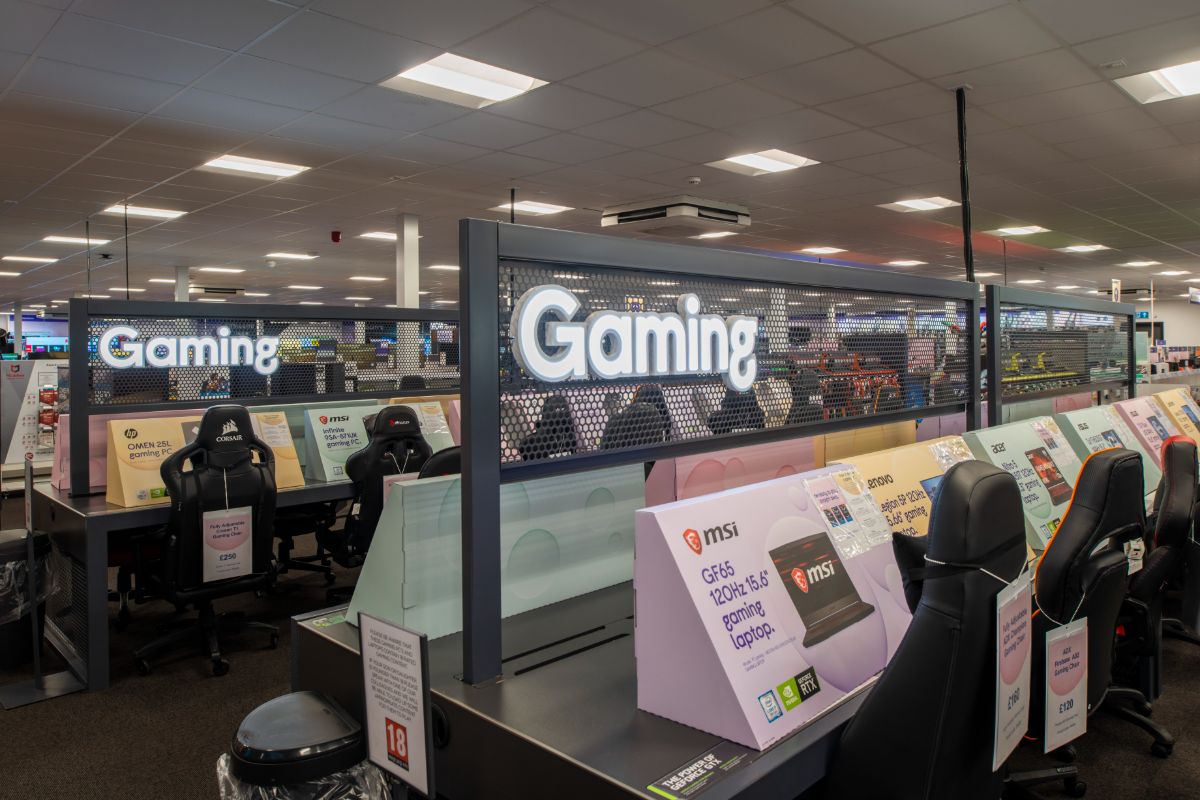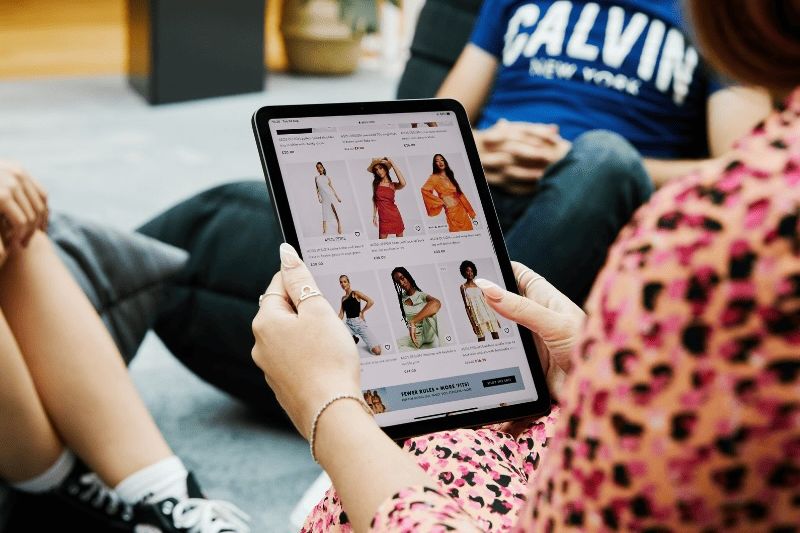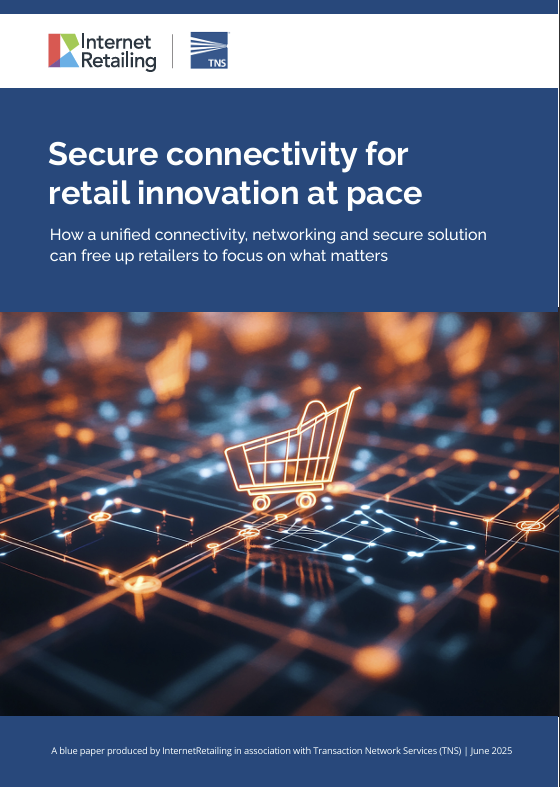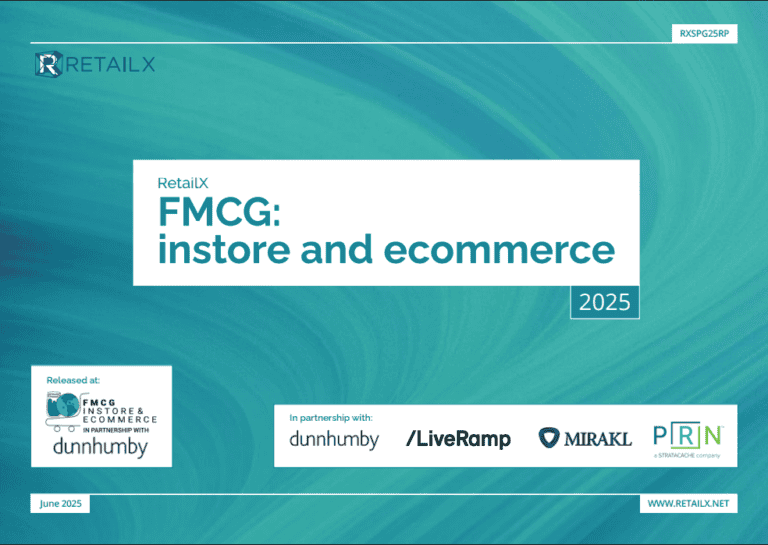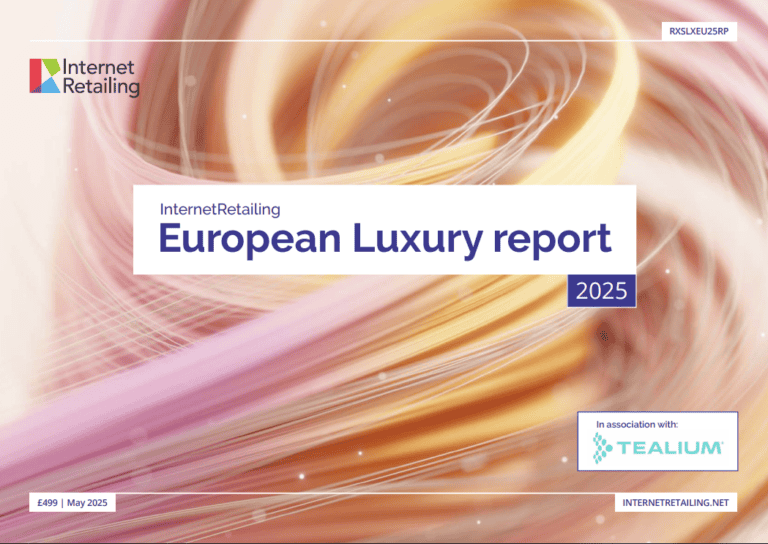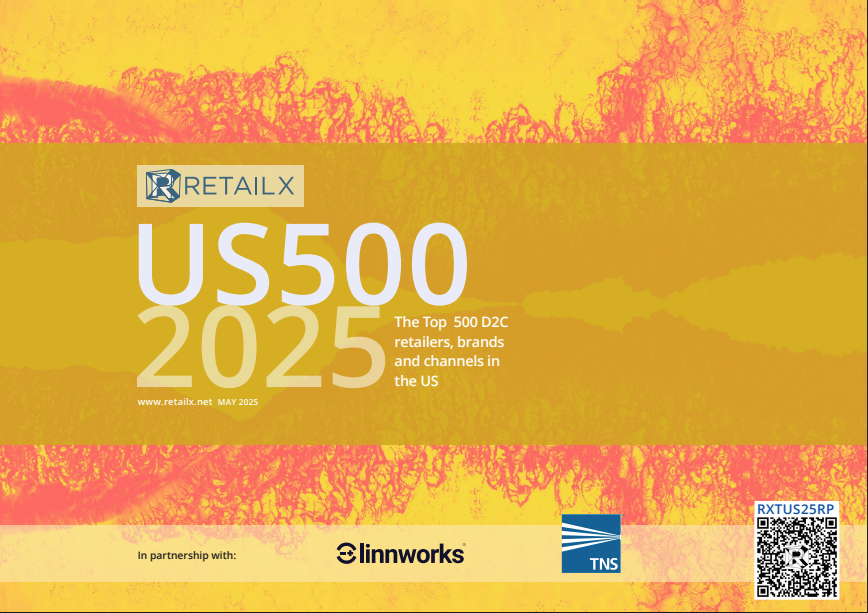Michael Migliore, The Customer Value Guy, writes: in the old days, you’d mosey down to the corner shop and have a chat with the grocer; the grocer knew what you wanted, would have it ready, and you’d leave. A great customer experience and an example of the living brand—your friendly conversation.
But then Walmart opened. Their prices were unbeatable, and despite your long relationship with your local grocer, you stopped going to save a few extra quid.
The experience didn’t matter. The brand didn’t matter. Even the relationship didn’t matter.
Sure, maybe you still go to the corner shop for one or two products; after all, Walmart doesn’t have everything.
But it isn’t loyalty that’s bringing you back. And it wasn’t loyalty that stopped you from leaving even in the face of your newfound price sensitivity. It was dependency.
You depend on your local grocer for key products that you can’t get anywhere else. And you found you could depend on Walmart for a better price.
That’s what I’ve seen time and time again in my career. For many consumers, product-market-price fit triumphs over loyalty every time.
For retention—and that’s my key point—dependency matters more than loyalty ever will.
Dependency isn’t just about having the right product at the right price. It’s also about convenience, limited availability, or even an emotional connection. For example, someone might depend on their local grocer not just for the products but because it’s close by, or because the staff offer a personal touch that’s missing elsewhere.
And dependency isn’t static. It evolves. Over time, a business can build on that dependency and layer in loyalty by creating trust, consistency, or even nostalgia. Think about Apple. Dependency starts with the ecosystem (products that work seamlessly together), but loyalty grows through brand trust, emotional resonance, and a belief that the brand shares your values.
Switching costs are another key driver of dependency. Some of these costs are organic, like the hassle of learning a new system or switching to a new provider. But loyalty programmes often try to manufacture switching costs through perks or rewards. Accumulating points, earning exclusive benefits, or gaining status (as a former colleague of mine at The Times would often say, “Points, Priority, or Perseverance!”) all create a feeling of loss if the customer leaves, even if they don’t stay out of “loyalty” in the traditional sense.
For many businesses, low to mid-value customers represent a retention challenge. Here’s where I’d argue that dependency-driven strategies outperform loyalty schemes. Instead of investing in points-based programmes for these customers, consider initiatives that address practical pain points.
For example:
- Product bundling: offering complementary products or services to create dependency whilst also reducing risk of churn and increasing CLTV
- Frictionless experiences: reducing barriers to purchase or usage to make your brand the easiest choice
- Targeted pricing adjustments: making it harder for price-sensitive customers to justify leaving, particularly through x-sell and upsell.
These approaches can drive dependency without requiring heavy investments in loyalty schemes that often deliver a weaker ROI for this group.
I’m not trying to dissuade you from launching a loyalty programme; on the contrary, I’m trying to persuade you to do it well. What’s often overlooked is that dependency can lead to genuine loyalty. When a customer depends on you and finds that you consistently deliver—whether it’s through your product, service, or experience—they’re more likely to feel a sense of loyalty over time.
Consider Starbucks. Their business starts with dependency: coffee that’s consistent, available, and habit-forming. But over time, they build on this through rewards programmes, a sense of community, and clever branding to turn that dependency into loyalty.
And it’s not a coincidence that Starbucks’s loyalty programme plays a crucial role in datacollection, in turning unknown customers to known and therefore exponentially increasing their value. Loyalty programmes can also build brand advocacy when used correctly. But when it comes to retention, particularly retention of low to mid-value customers, you might be better off spending your money on lower-risk, lower-effort initiatives.
The point is, loyalty can’t be manufactured outright: it’s earned. And for most businesses, dependency is the foundation on which loyalty is built.
And now the disclaimer: of course, there are consumers who do not fit this mould—and that’s one of the positive benefits of having a loyalty programme, especially if you use it to legitimately reward your most valuable customers rather than using it as a conversion or retention tool for your least valuable ones. This is where loyalty programmes really shine, because not coincidentally, it’s also where you see the highest ROI for your loyalty-based efforts.
Michael Migliore, The Customer Value Guy
Subscribe!
Our editor carefully curates two InternetRetailing newsletters a week filled with up-to-date news, analysis and research. In addition to this, there is a dedictaed mailer focusing on the subscription economy with detailed commentary from Heyl every second Wednesday – click here to subscribe to the FREE newsletter.
And why not follow us on LinkedIn to receive the latest updates on our research and analysis.
